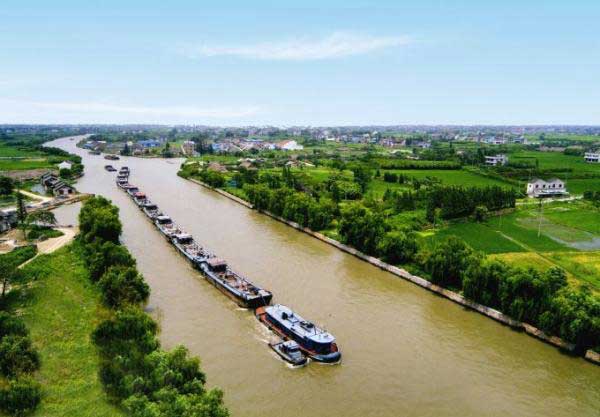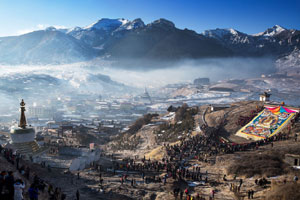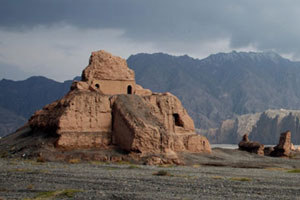 |
|
The vast inland waterway system in the north-eastern and central eastern plains passes through eight of the country's present-day provinces and municipalities. [Photo/Xinhua] |
Relics-protection authorities along the Grand Canal see the listing of the world's longest artificial waterway as a World Cultural Heritage site as a new starting point for its preservation.
|
Beijing to preserve landscape along waterway As the northern starting point of the Grand Canal, Beijing is to put forward multiple policies to better preserve this flowing history, which was listed on Sunday as a UNESCO World Heritage site. Yu Ping, deputy director of the Beijing Administration of Cultural Heritage, said keeping the original landscape along the canal will be important. "We've cooperated with other departments, including Water Affairs and City Planning, to enhance the protection," she said. "This is the city with the most World Heritages sites in China. The listing of the Grand Canal has largely enriched the variety of heritage in Beijing." Two sections of canal plus two heritage spots (two ancient bridges) are included, altogether composing the seventh World Heritage sites in Beijing. One section is Shichahai, a popular tourist attraction in the capital. "We thus need to gradually complete our supervision system to keep a close eye on the water quality, which has been greatly improved," Yu said. Yu said the government annually allocates more than 100 million yuan ($16 million) for preserving World Heritages sites in the capital. Archaeological work in listed sections will also be launched to help people better appreciate the old-time facade of the canal. In addition to the heritage zone, ancient construction along the canal in the Tongzhou district in eastern Beijing will be restored, Yu revealed. Wang Kaihao |
Of the total 58 historical sites of the Grand Canal, 11 of them are in Hangzhou.
Gao Xiaohui, deputy director of the Hangzhou Grand Canal Protection Committee, said the city has made three promises regarding the protection of the canal.
"The city will not charge for any museums along or about the canal. The cultural relics will be protected from being ruined, and no company or individuals will be allowed to encroach on the public resources of the canal," he said.
Gao said the city will also make efforts to turn the canal into a world-class tourism spot.
"Getting listed as a World Heritage Site is not our ultimate goal. There is still a long way for us to go to protect the canal. Hangzhou will use this successful experience as a starting point to try to protect this cultural heritage generation after generation," he said.
The Grand Canal, the world's longest, reaches 1,776 kilometers to connect the Yangtze River with the Yellow River. Its oldest segments date to the 5th century BC.
Starting at Beijing, the canal first goes through Tianjin and then Hebei, Shandong, Jiangsu and Zhejiang provinces to Hangzhou, southwest of Shanghai.
Hangzhou's canal management started as early as the 1980s by linking the canal with the Qiantang River. Since 2002, canal renovation and protection has been listed among the top 10 construction projects for the city.
"To better protect the canal, we will speed up promoting legislation for heritage protection in Hangzhou," Gao said.
Xie Zhixiu, head of the Shandong Provincial Cultural Relics Bureau, agreed that legislation is a good way to ensure preservation "in a sustainable way with the ultimate aim of benefiting people".
Shandong, which is home to 15 historical sites of the country's total 58, is the first province that has created regulations to protect the historical sites along the Grand Canal.
Effective since October, the regulations state that no projects will be constructed in protected areas except those necessary for flood control, channel dredging, facilities maintenance and water transportation that are approved by authorities.
The province is working on a plan that builds the canal into an attraction featuring strong historical culture - one jewel in a necklace sparkling with historical sites, Xie said.
Gu Feng, the honorary curator of Yangzhou Museum, which is located in one of the main riverside cities along the Beijing-Hangzhou Grand Canal, said that joint efforts of the provinces are essential.
Zhu Minyang, mayor of Yangzhou, said that the environment around the canal has been greatly improved during the eight years of waiting for the world heritage designation.
Contact the writers?at yanyiqi@chinadaily.com.cn
 |
 |
|
Silk Road, China's Grand Canal listed as World Heritage Sites |
